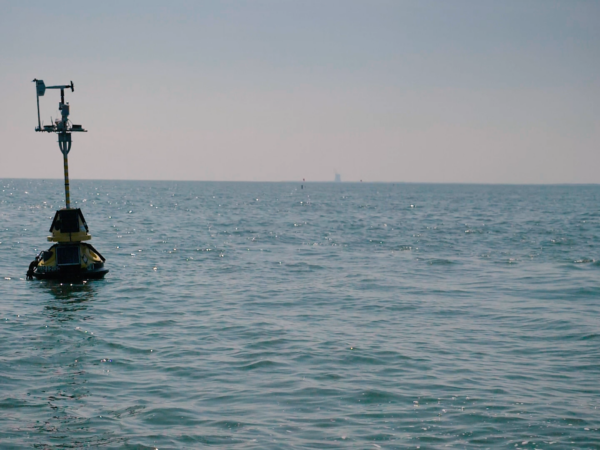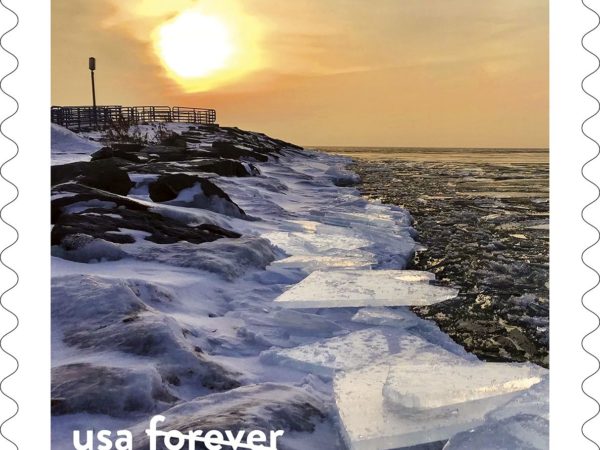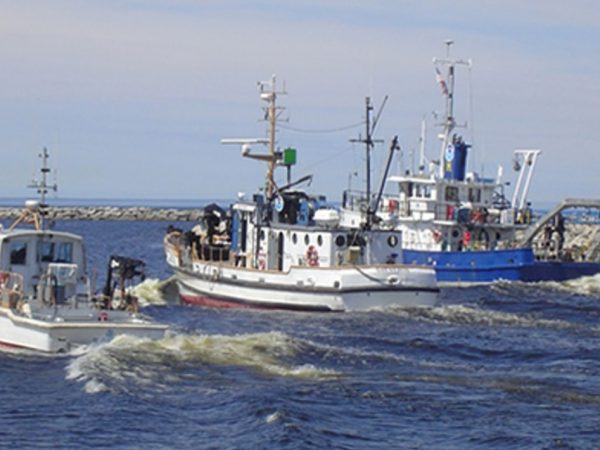
By Lester Graham, Michigan Radio
The University of Michigan is getting $53 million from the National Oceanic and Atmospheric Administration to further study the Great Lakes. That doubles the amount of research money available. The federal grant will be released over a five-year period.
With double the money, not only will the University’s Cooperative Institute for Great Lakes Research be able to continue its work, it will expand it.
Gregory Dick, a professor and the director of the institute, said that means better understanding the impact of things such as harmful algal blooms, Great Lakes water levels, and invasive species.
“I think this is going to continue to be important documenting exactly what those invasive species are doing in terms of impacts to Great Lakes ecosystems. And I think it’s from that point that that data can then be used by policymakers and regulators,” he said.
He added if they can quantify the impact of those invasive species, then the next step is to put into effect policies for dealing with them.
Another area not well understood is what happens in the Great Lakes during winter. Buoys equipped with monitoring gear have to be removed because of ice. Now, researchers are looking at using mobile technology to enable winter research.
“This includes mobile monitoring infrastructure like gliders that’s going to allow us to really scale up and collect data on a scale that we haven’t been able to do before,” Dick explained.
Another area of research is determining how to handle an oil spill in the Great Lakes.
“We are really pleased to be a part of this new national center of expertise for oil spills. This is a collaboration with our Great Lakes Environmental Research Lab, as well as the U.S. Coast Guard,” Dick said.
Much of the data gathered is useful to NOAA, which is administering the grant. Dick said a major goal is to help the agency translate the data gathered directly into products that are accessible by the public.
“So, for example, our work on harmful algal blooms goes directly into a harmful algal bloom forecast that goes out to charter boat captains and beachgoers and other members of the public,” he said.
Catch more news on Great Lakes Now:
Can shipping on the Great Lakes take the next step toward transporting high-value container cargo?
Industries and public water supplies top list of main consumers of Great Lakes water




